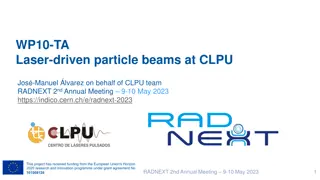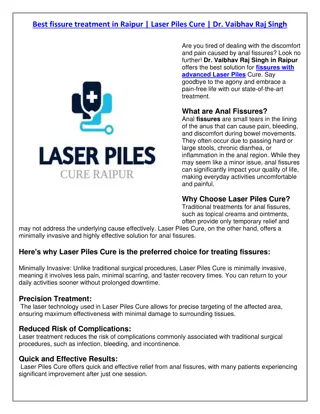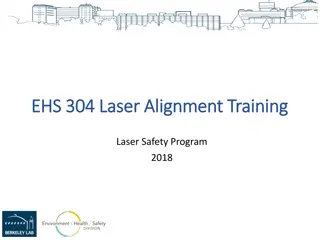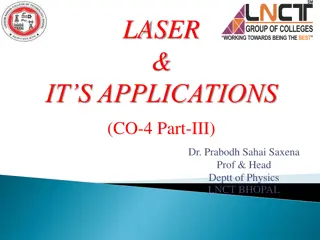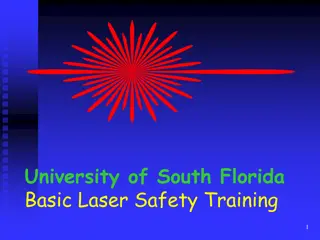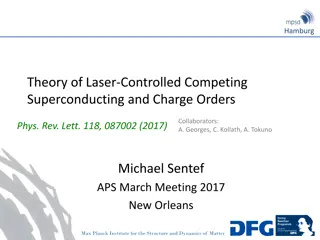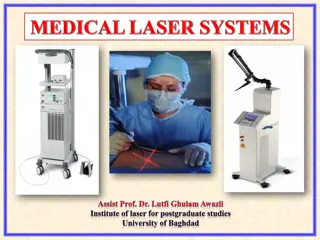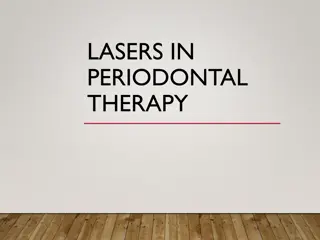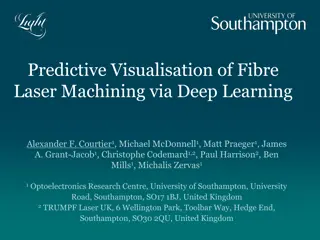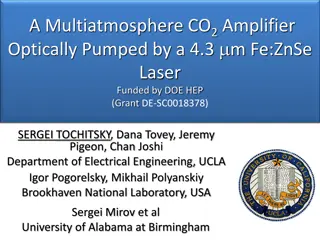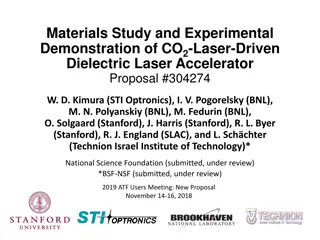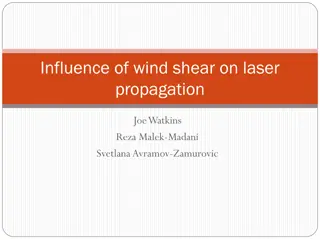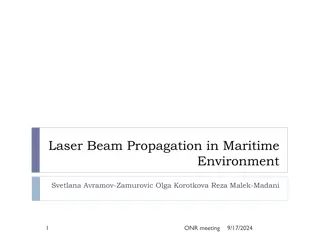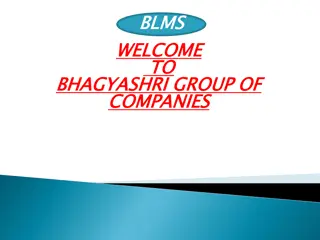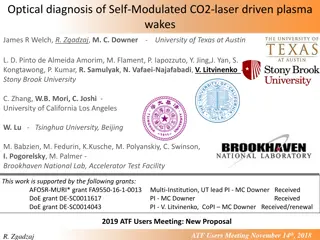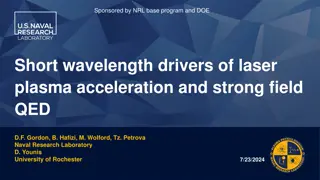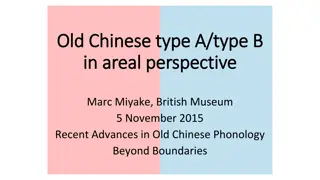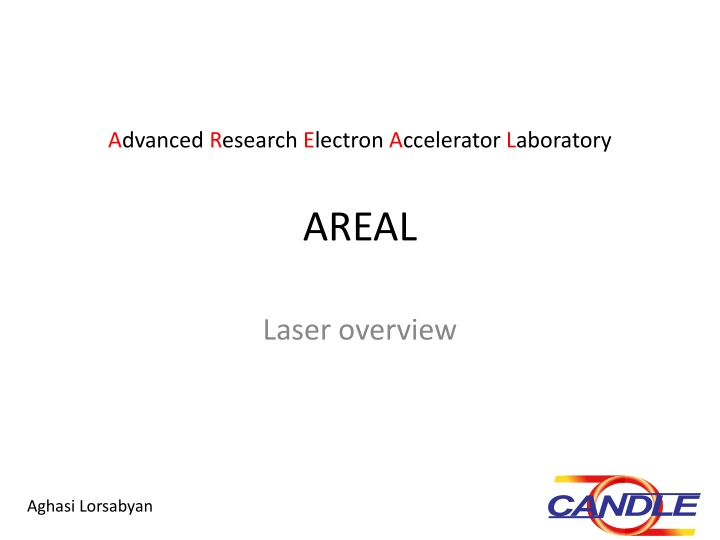
Advanced Electron Accelerator Laboratory Overview
"Explore the detailed requirements and layout considerations for an advanced electron accelerator laboratory. Learn about choosing laser systems, current options, and upcoming tasks to achieve optimal performance."
Download Presentation

Please find below an Image/Link to download the presentation.
The content on the website is provided AS IS for your information and personal use only. It may not be sold, licensed, or shared on other websites without obtaining consent from the author. If you encounter any issues during the download, it is possible that the publisher has removed the file from their server.
You are allowed to download the files provided on this website for personal or commercial use, subject to the condition that they are used lawfully. All files are the property of their respective owners.
The content on the website is provided AS IS for your information and personal use only. It may not be sold, licensed, or shared on other websites without obtaining consent from the author.
E N D
Presentation Transcript
Advanced Research Electron Accelerator Laboratory AREAL Laser overview Aghasi Lorsabyan
Content Introduction Photocathode and laser beam requirements Possible layout How to choose? Current choice TODO Time schedule
Photocathode and laser beam requirements We will use copper photocathode. According to AREAL specifications we have following requirements for laser beam. Parameter Single bunch Multi bunch Laser wavelength (nm) Pump Repetition rate (including relaxation time ) Shot Repetition Rate (Hz) Beam diameter (mm) Beam Divergence ( % ) Pulse duration z (ps) Pulse profile transv. / long. Laser energy per shot ( J) Energy per pulse ( J) Energy stability (long term) ( %) Pulse-to-pulse jitter Laser power 253-266 253-266 81 MHz (harmonic of 3GHz) 1 Hz 1 1 < 5 0.1% 5-10 < 5 0.1% 5-10 Gaussian / uniform (or Gaussian) 80-100 80-100 1 <100 < 3 Gaussian / uniform (or Gaussian) 300-400 > 5 1 <100 up to 500 (fs) ( W)
Possible Layout Scheme is highly depends of laser type Pump wave (1064 nm) SHG SHG 266nm Pump wave (800 nm) THG 266nm Pump wave (266 nm) 266nm Third Harmonic Generation equipment Beam Transportation Laser Optical Table Photocathode
How to choose? Pulse duration Minimum requirements Low price UV beam or UV harmonic 1-10 ps pulse duration <100 fs jitter (puls to puls) Up to 100 MHz PRF >100 J per pulse Gaussian beam (long. and trans.) Repetition rate Wavelength Power Price
Current choice Now we are discussing possibilities to use APLQ-100-266 model laser from ATTODYNE Picosecond Lasers company which have following properties.
TODO Choose laser (=> optical scheme) Make simulations Choose optical elements Choose diagnostics equipments Setup laser and optical scheme (table, transportation, alignment, diagnostics, ) Make synchronization Try to get electron beam!!!

